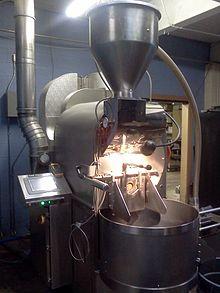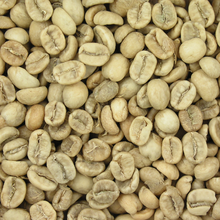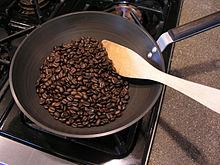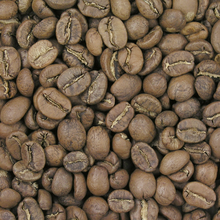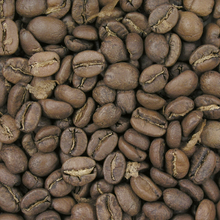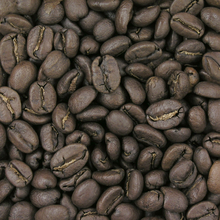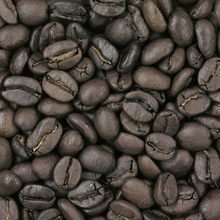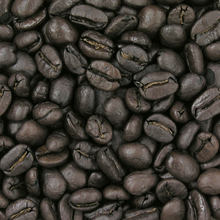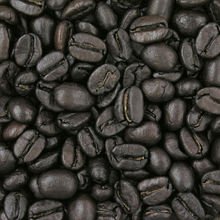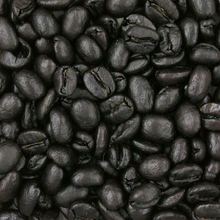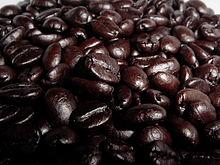HOW TO ROAST COFFEE BEANS
Roast masters often prefer to follow a roast profile to bring out certain flavor nuances. Any number of factors may help a person determine the best profile to use, such as the coffee's origin, moisture content, variety, processing method, bean size, roast temperature, drying technique, and desired flavor characteristics. And some coffee roasters prefer to roast by color alone from years of experience.
Remember, it is important to buy the best quality beans you can get.
Make sure the person you buy coffee beans from is passionate about coffee.
COMMERCIAL ROASTING
The roasting process is what produces the characteristic flavor of coffee by causing the green coffee beans to expand and to change in color, taste, smell, and density. Unroasted beans contain similar acids, protein, and caffeine as those that have been roasted, but lack the taste. Heat must be applied for the chemical reactions to occur.
Commercial Coffee Roasters Generally Roast Large Batches From 50 - 200 Pounds at a Time.
Commercial roasters use two main types of roasters, heated turning drums and hot air. These can be powered by gas, electric, propane, or wood. Each roast master has his own favorite.
UNROASTED GREEN COFFEE BEANS
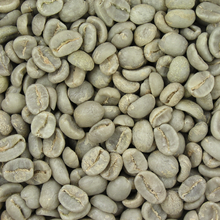
During the drying phase the beans are undergoing an endothermic process until their moisture content is evaporated, signifying first crack. Initially, the process is endothermic (absorbing heat), but at around 347 °F the beans become exothermic (giving off heat). At this point, the beans start producing heat on their own and heat should be adjusted to the temperature you desire.
Home roasting is the process of roasting green coffee beans for personal use. In the early 1900's, most families would roast their own beans at home. The popularity of home roasting changed as commercial coffee roasting companies like Maxwell house, became a part of modern society.
In recent years home roasting of coffee has seen an increase. A cordless laser thermometer makes stovetop coffee roasting easy for the beginner. Heat your pan up to temperature. Cook for 15 to 20 minutes until you see the right color. Stir regularly to keep an even roast. Plus, stirring removes a thin chaff layer on the beans after roasting. A cracking sound will happen. Beans will smell bad at the beginning of the cracking. As the beans get ready, they will produce a strong coffee smell. Air out your house while roasting. The smell is very concentrated. Darker color roasts are sweeter. Lighter color roast are strong in aroma and body. Beans that are too light or too dark loose body, aroma, and Sweetness. Medium dark brown is preferred for body, aroma, and sweetness.
Clean pans are important. Beans will absorb smells of a dirty pan. Make sure beans are one layer thick unless constantly stirred. Also, cool the beans in a metal bowl and keep stirring for 5 min after roasting is done. The Temperature determines the roast. The color of the bean determines the flavor and quality of the roast. For lighter roasts, cook longer at lower temperatures.
Roasting coffee changes the chemical and physical properties of green coffee beans into roasted coffee goodness.
THE STYLE OF THE ROAST IS DETERMINED BY THE TEMPERATURE IT IS ROASTED AT. BELOW IS A LIST OF THE ROASTING STYLES AND THE TEMPERATURES USED TO ACHIEVE THESE STYLES.
LIGHT AND MEDIUM ROASTS
CINNAMON ROAST
Roasted at 385 Degrees
NEW ENGLAND ROAST
Roasted at 400 Degrees
AMERICAN ROAST
Roasted at 410 Degrees
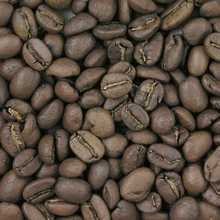
City Roast
Roasted at 425 Degrees
